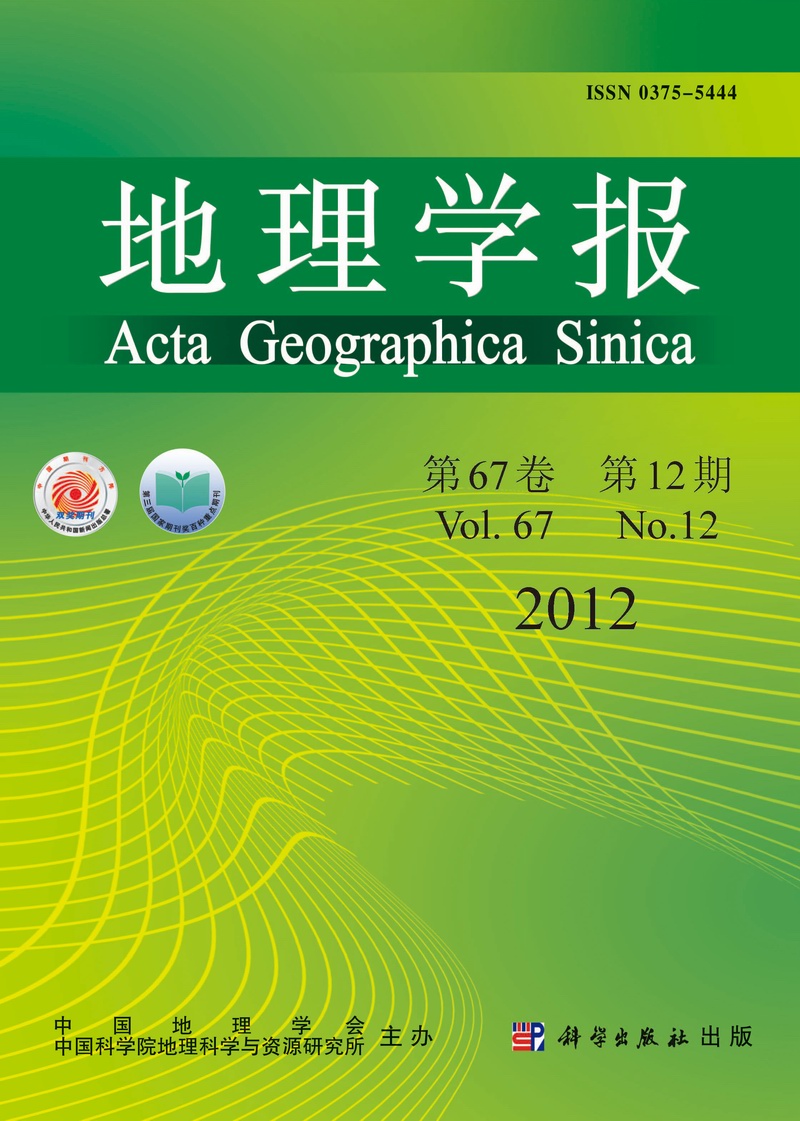FAN Zemeng, ZHANG Xuan, LI Jing, YUE Tianxiang, LIU Jiyuan, SUN Xiaofang, XIANG Bao, KUANG Wenhui
A large number of nature reserves have been established in China aiming to prevent ecosystem degradation, protect natural habitats and conserve the biodiversity within the habitats. By the end of 2010, a total of 2588 nature reserves has been established in China and their total area was 149.44 million hectares, covering over 15% of China's total land area. As the primary driver of biodiversity change, land-cover change has direct effect on ecosystem structures and functions. Thus, a quantitative analysis of changes in the land-cover of nature reserves is a critical step for evaluating the effectiveness and improving the management policies of nature reserves. In terms of the ecosystem characteristics and its major protected objects, 180 National Nature Reserves (NNRs) are chosen and classified into 7 types in this paper. A Land-cover Transform Direction Index (LTDI) is developed on the basis of the contribution of each land-cover type to maintaining the ecosystem stability. In Northeast China, North China, East China, South China, Central-southern China, Northwest and Southwest China, LTDI is used to calculate the transition trend of land-cover in the core zone, buffer zone and experimental zone of each NNRs type during the period from the late 1980s to 2005. The results show that the mean transition rate of all selected NNRs types has become lower during the two decades. The land-cover transform rate of Southwest China was the largest, while that of East China was the smallest among the six regions. The mean positive and negative transform rates of land-cover in all core zones decreased by 0.69% and 0.16% respectively. The landscape pattern of land-cover in the core zones was more stable than that in the buffer zones and the experimental zones. The land-cover transformed rate of NNRs was less than that of Non-NNRs in general. Furthermore, the ecological diversity and patch connectivity of land-cover in the whole selected area increased generally during the period 1995-2005. In summary, the land-cover of NNRs in China has a beneficial change trend after the NNRs were established, especially during the period from 1995 to 2005.
